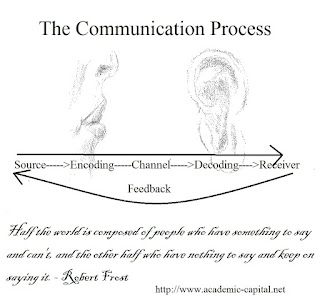Stone’s
Five Steps to Productive Conversation (Stone, Patton, &
Heen, 2010):
1.
Understand the three points of view that are going to be seen within the
conversation.
-Get
the facts and be open to new facts.
-Understand
your emotions with the issues.
-Understand
what is at stake.
2. Ensure that the conversation is worth having
and if it is the best approach.
3. Explain the story from a third party’s point
of view to reduce conflict.
4.
Explore both your and their sides of the story.
5.
Problem solve to rectify the situation.
Leebov’s
Caring Feedback Model (Leebov 2010): To provide caring
feedback without stepping down.
1.
State your purpose in positive terms.
2. State
the situation and behavior in clear terms.
3. State the consequences on others when such
behavior continues.
4. Use
empathy.
5. Make it a dialogue, allow for responses, and
ask questions.
6. State your request and expectations in clear
terms.
Ury’s
Break Through Strategies (Ury 1993): A model to break
through the barriers to resolution that include emotions, power, position,
dissatisfaction and reaction.
1.
Imagine you are looking down on your conversation and avoid reaction or giving
in.
2. They may show anger, hostility, resentment,
or aggressiveness. Avoid engaging in argument in the way they expect and
continue to work on problem solving.
3.
Don’t reject their position only reframe it.
4.
If the employee doesn’t want to see the mutual benefits don’t push simply
explain how it benefits all parties.
5.
Educate them on the futile nature of not working with others and achieving
mutual goals.
Crawford’s
Workplace Issue Discussion (Crawford 2008): The manager
should assume the leadership role, be calm, and directly address the behavior
while being concise.
1.
Describe the purpose of the meeting.
2.
Describe the behavior.
3.
Listen to the reaction.
4.
Agree on the resolution and set expectations.
5.
Hear employees side of story.
6.
Work on problem-solving and collaboration.
7.
Document discussion.
8.
Reinforce.
Crawford D. (2008). We need to talk: ten scenarios to practice
handling needed conversations. Society for Human Resource Management. SHRM.
Retrieved October 7th, 2013 at http://www.shrm.org/education/hreducation/documents/we%20need%20to%20talk.pdf
Leebov W. (2010). Elevating performance: how to raise the bar.
Wendy Leebov, Inc. Retrieved October 7th,
2013 at http://www.quality-patient-experience.com.
Polito, J. (2013). Effective communication during
difficult conversations. Neurodiagnostic
Journal, 53 (2).
Stone, D., Patton, B., and Heen,
P. (2010). Difficult Conversations: How
to Discuss What Matters Most. New York: Penguin Books.
Ury W. (1993). Getting Past No: Negotiating Your Way from
Confrontation to Cooperation. New York: Bantam Books.

